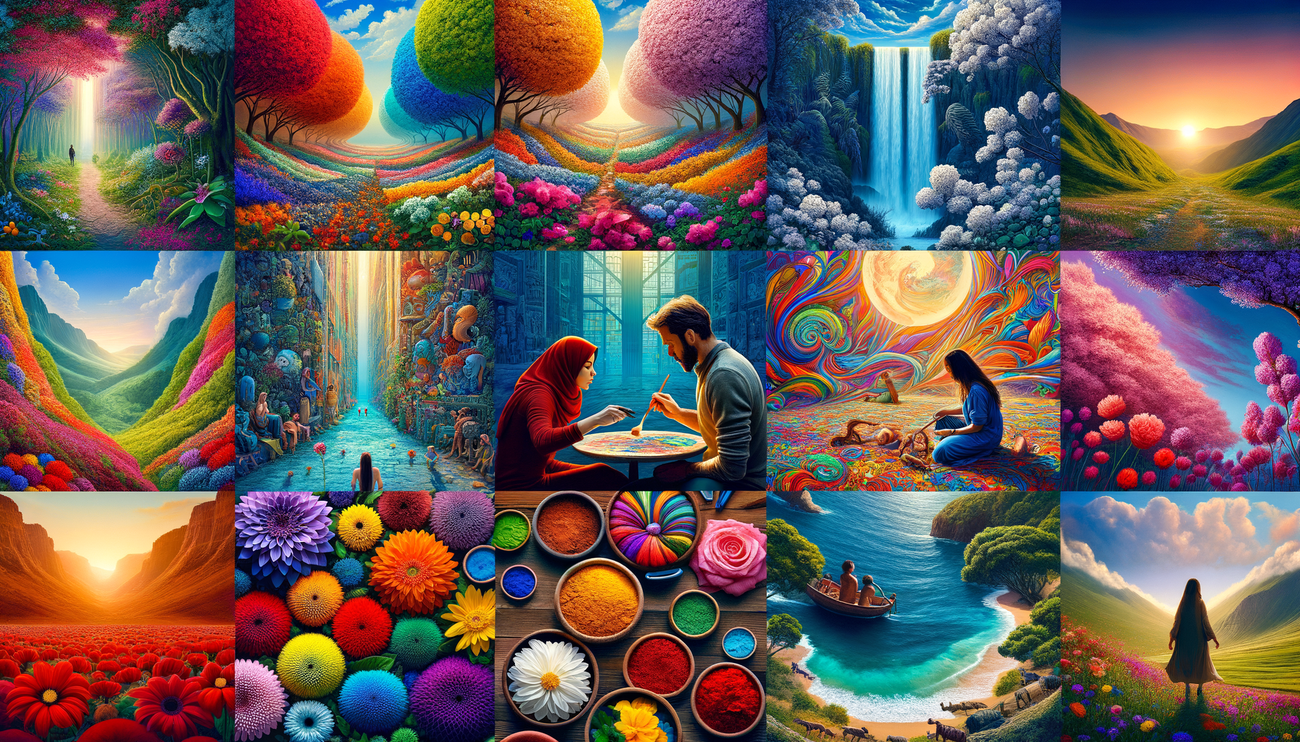
Color in photography plays a key role in creating mood and conveying emotions. From bright and cheerful to dark and intimate, color can drastically change the perception of an image. In this article, we will delve deeper into how to use color as a tool for artistic expression and how color psychology can influence the perception of your photographs.
Every photographer knows that color is not just something we see with our eyes. Colors can evoke feelings, convey messages, and create a particular perception of a work. Understanding how color works can significantly enhance your photographic skills.
The primary colors (red, blue, and yellow) can be combined into different shades, creating an endless array of color palettes. Each palette can be used to create a specific mood. For example, warm colors like red, orange, and yellow evoke feelings of energy and happiness, while cool colors like blue, green, and purple are often associated with calmness and relaxation.
When planning your photoshoot, it’s important to think ahead about choosing a color palette that will align with your intended message. For a romantic shooting, pastel tones like soft pink or pale blue can create an atmosphere of lightness and ethereality.
It is also necessary to consider the law of contrasts. Using contrast between light and dark tones can add drama and depth to your image. However, be cautious about overloading contrasts; they can distract from the main subject of the shot.
Furthermore, understanding color psychology can help you gain insight into what you really want to convey through your photographs. For example, the color red is often associated with love, passion, and energy, while blue is linked to trust, calmness, and hope. Knowing this, you can choose colors that best convey your message.
Your surroundings can serve as the main inspiration for choosing a color scheme. Landscapes, architecture, or even simple household items can be excellent sources of ideas. Be sure to incorporate bright and interesting elements into your shots that can capture the audience’s interest.
Don’t forget about composition. The proper arrangement of objects in a photograph can make color more expressive. Use the rule of thirds or diagonal lines to guide the viewer's gaze to important details of the image.
In conclusion, color is a powerful tool for photographers. By studying its meaning and impact on perception, you can develop your unique style and improve your skills in photography. Start experimenting with colors and light in your works, and you'll see how it opens up new horizons of artistic self-expression.


